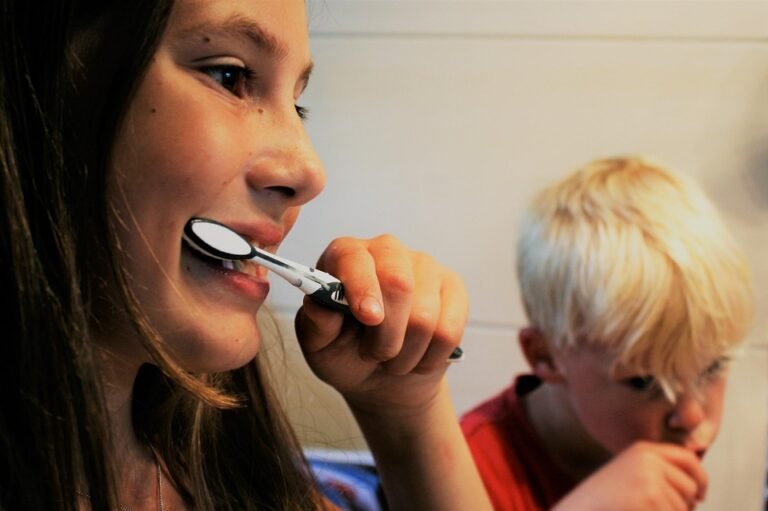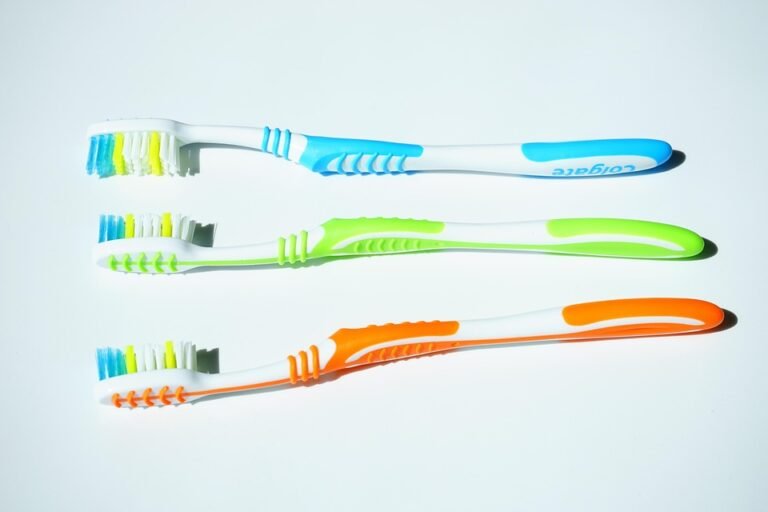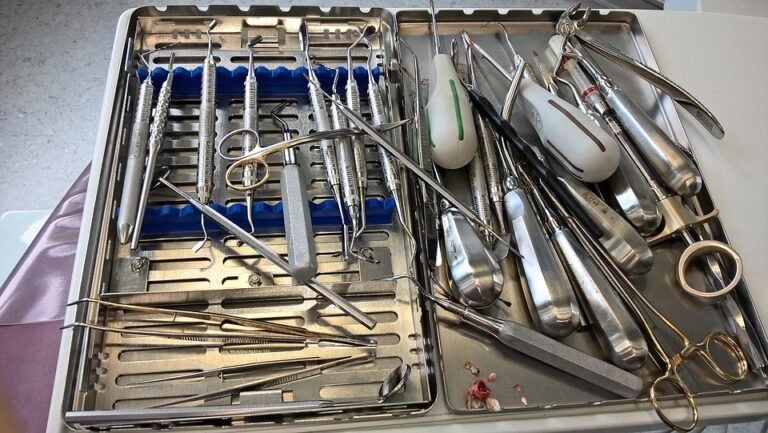What are some sustainable packaging materials that can be used for dental products?
I’m starting a small, eco-conscious dental hygiene company. I’m really struggling to find packaging options for things like toothbrushes, toothpaste tubes, floss, and even mouthwash bottles that are actually sustainable. I want to avoid plastic as much as possible, and I’m looking for alternatives that are truly compostable, recyclable, or biodegradable.
Specifically, I’m interested in materials that:
- Work well in moist environments (like bathrooms).
- Protect the products effectively during shipping and storage.
- Are cost-effective for a small business (I can’t afford super expensive options).
- Are aesthetically pleasing and appeal to environmentally conscious consumers.
What materials are out there that I might not have considered? Also, are there any resources (websites, articles, suppliers) that can help me find these materials and understand their environmental impact better? I’m also curious about innovative solutions, even if they are a bit more ‘out there’ or emerging in the market.
Answer
Sustainable packaging materials for dental products prioritize reducing environmental impact through factors like recyclability, biodegradability, use of renewable resources, and reduced carbon footprint. Here are some materials and approaches commonly used or being explored for dental product packaging:
Paper and Cardboard:
- Recycled Cardboard: Using cardboard made from recycled content significantly reduces the demand for virgin wood pulp. It’s suitable for outer boxes, cartons, and protective inserts. Look for certifications like FSC (Forest Stewardship Council) to ensure responsible sourcing.
- Paperboard: Similar to cardboard but generally thinner and smoother, paperboard can be used for toothpaste boxes and other product containers. Recycled options and water-based coatings enhance sustainability.
- Molded Pulp: This material is created from recycled paper or agricultural fibers, molded into custom shapes. It’s ideal for cushioning and protecting fragile items within the package. Molded pulp can be compostable.
- Grass Paper: A relatively new material made from grass fibers, often mixed with recycled paper pulp. It uses less water and energy in production compared to traditional paper. It can be used for boxes and inserts.
Plant-Based Plastics (Bioplastics):
- PLA (Polylactic Acid): Derived from renewable resources like corn starch or sugarcane, PLA is biodegradable and compostable under specific conditions (industrial composting). It’s often used for blister packs, containers, and films. Its main drawback is its need for a specific composting environment and its limited heat resistance.
- PHA (Polyhydroxyalkanoates): Another type of bioplastic produced by microorganisms, PHA offers good biodegradability in various environments, including marine environments. It is more durable than PLA, and can be used for toothpaste tubes, bottles, and other containers. It is more expensive than PLA.
- Cellulose-Based Materials: Materials like cellulose acetate and cellophane are derived from plant cellulose. They can be used for films and coatings. Regenerated cellulose film (cellophane) can be compostable.
Recycled Plastics:
- rPET (Recycled Polyethylene Terephthalate): rPET is made from recycled PET bottles and containers. It’s widely used for clear bottles and clamshell packaging. Using rPET reduces the demand for virgin plastic and diverts waste from landfills.
- rHDPE (Recycled High-Density Polyethylene): rHDPE is made from recycled milk jugs, detergent bottles, and other HDPE containers. It is used for bottles and closures.
- PCR (Post-Consumer Recycled) Plastics: This is a general term for plastics made from recycled materials. The percentage of PCR content can vary, and it’s important to choose materials with a high percentage of recycled content. PCR can be used for a variety of packaging formats.
Other Sustainable Materials and Approaches:
- Glass: Glass is infinitely recyclable without losing quality. It can be used for mouthwash bottles and other liquid products. However, glass is heavier than plastic, which can increase transportation costs and carbon emissions.
- Metal (Aluminum): Aluminum is highly recyclable. It can be used for toothpaste tubes and containers. Monomaterial aluminum tubes are more easily recycled than tubes with plastic components.
- Concentrates and Refills: Offering concentrated formulas that can be diluted at home or refill options for existing containers reduces the amount of packaging needed. This approach is suitable for mouthwash and other liquid products.
- Mono-Material Packaging: Designing packaging with a single material type (e.g., a toothpaste tube made entirely of HDPE) simplifies the recycling process and improves recyclability.
- Water-Soluble Films: These films dissolve in water and can be used for single-dose products like mouthwash tablets or toothpaste pods. This eliminates packaging waste altogether.
- Edible Films: Although still in development for widespread use, edible films made from seaweed or other natural materials could potentially be used for single-dose oral care products.
- Compostable Coatings and Inks: Using compostable coatings and inks on paper and cardboard packaging ensures that the entire package can be composted without leaving harmful residues.
- Minimalist Packaging: Reducing the amount of packaging material used is a simple but effective way to improve sustainability. This can involve eliminating unnecessary layers, using smaller containers, and optimizing packaging design.
- Tethered Caps: Tethered caps that remain attached to the container after opening help prevent plastic litter and ensure that the cap is recycled along with the container.
- Reusable Containers: Encouraging consumers to reuse containers through take-back programs or refill options.
When selecting sustainable packaging materials, it’s important to consider the specific product, its shelf life requirements, transportation conditions, and the availability of recycling or composting infrastructure in the target market. The end-of-life scenario for the packaging should be a primary consideration.




